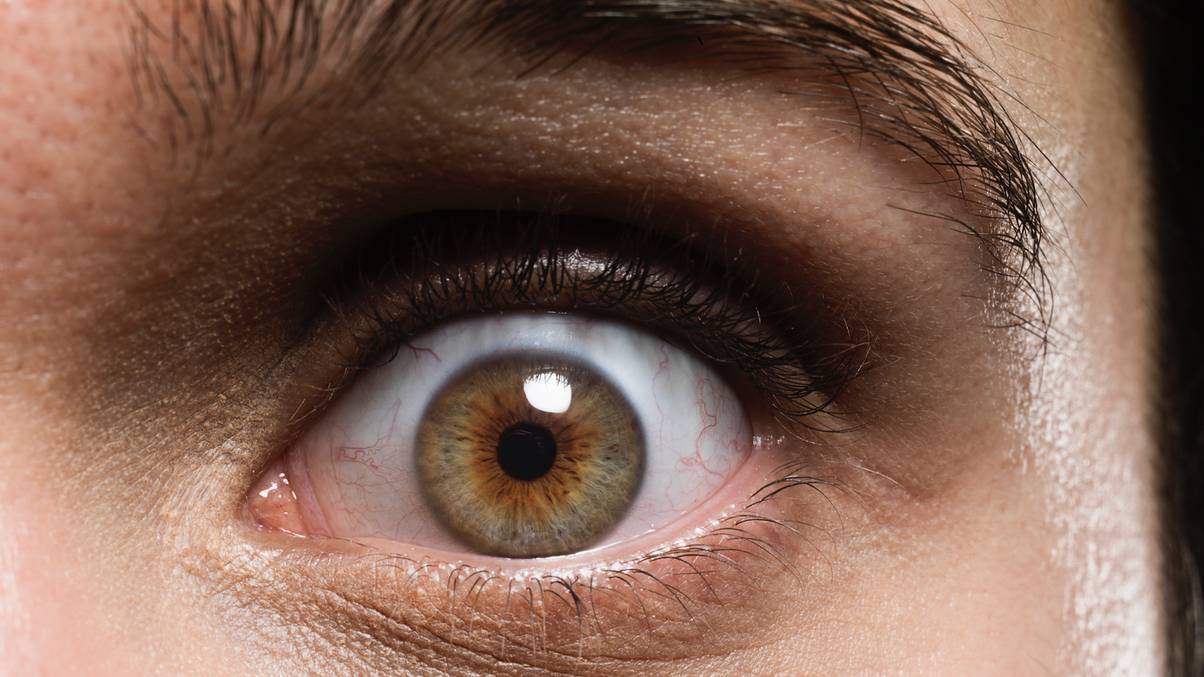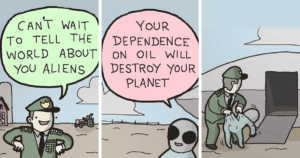“Unveiling the Dark Secrets: 14 Startling Truths About America’s Prison System You Never Knew Existed!”
3. Private Prisons Are Big Business


Private prisons have turned incarceration into a multi-billion-dollar industry. Companies like CoreCivic and the GEO Group are contracted by the government to run prisons for profit, incentivizing them to keep facilities filled. The more inmates they have, the more money they make, creating a controversial dynamic where profit motives can influence prison policies.
These companies often cut corners to maximize money made, leading to issues with overcrowding, understaffing, and poor conditions. While proponents argue that private prisons save taxpayer money, others say they compromise inmate welfare and lead to higher recidivism rates due to inadequate rehabilitation programs.
4. The School-to-Prison Pipeline is Real


The “school-to-prison pipeline” refers to the disturbing trend where disciplinary practices in schools, especially for marginalized groups, lead students straight into the criminal justice system. Schools with zero-tolerance policies often resort to suspensions, expulsions, and even arrests for minor infractions. This pushes students, particularly those of color, out of the classroom and into the juvenile and adult legal systems.
Once students are exposed to the justice system at a young age, their chances of being incarcerated later in life increase dramatically. Many advocates are calling for reforms in both education and justice systems to address these disparities and offer more support to at-risk youth, aiming to break the cycle.











